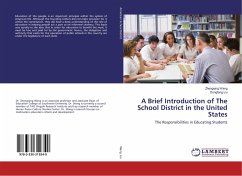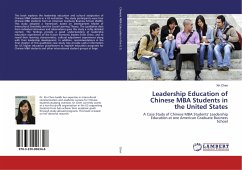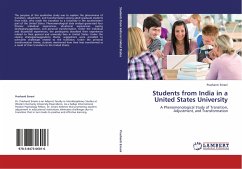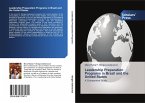The Tibetan immigrant populations in the United States generally include Tibetans coming from the three refugee communities in India, Nepal, and Bhutan, as well as Tibetans from Chinese- controlled Tibet. In other words, the United States provides a safe haven for Tibetans migrating from other parts of the world. By 2010, Tibetan immigrants had succeeded in setting up community, youth, and regional associations throughout the United States: there are 25 Tibetan associations and 23 Tibet support groups in the United States (The Office of Tibet, 2011). In the last couple of years, the population of Tibetan immigrants in the United States has grown. Irrespective of the population, Tibetan immigrants, those literate as well as illiterate, generally struggle in the United States; they struggle with a new system of governance, communication, transportation, naturalization, career, health, education, lifestyle, and a foreign culture. To put it differently, Tibetan immigrants struggle with the social, economic, and political circumstances of their new country. This study focuses on skills education that may help support the transition of adult Tibetan immigrants settlement in the US.








